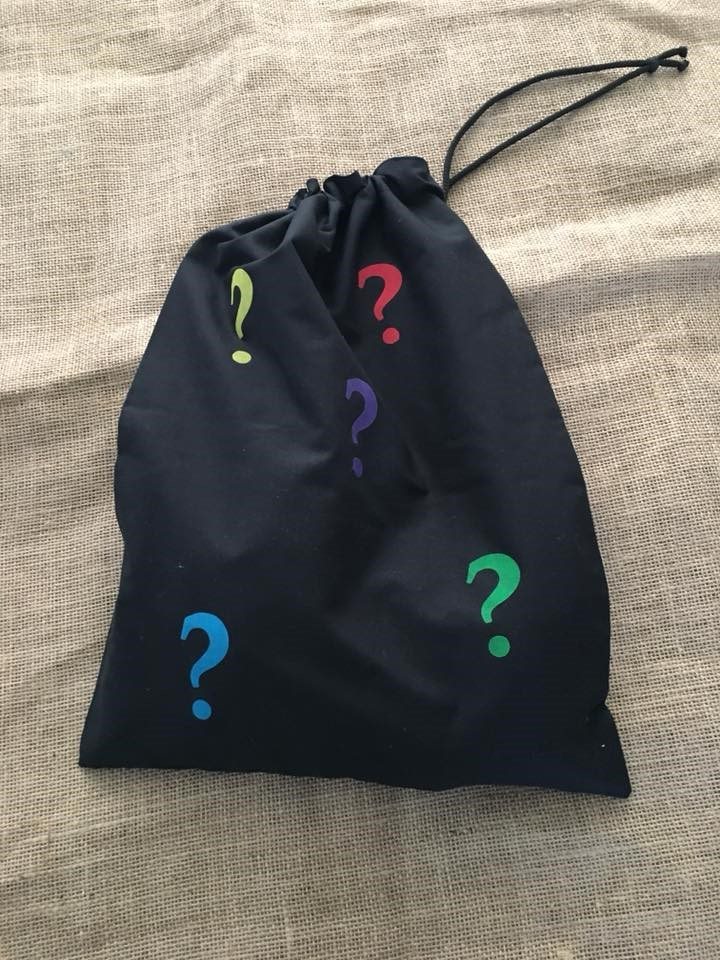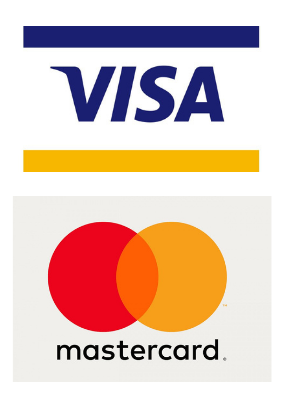I had so many people tell me about their amazing ideas in our facebook group on how to use a Magic Bag that I decided to write a blog, 5 Minute Teaching and a Magic Bag!
Building Confidence and Self-Esteem
Magical bags can create a real buzz of excitement and mystery in the classroom. This excitement of ‘what’s in the bag’ can lead a child who doesn’t talk in front others to utter those first words because they just can’t keep the words in! How magic is that? How can it be a wrong answer when no one knows what is in there?
Understanding the World – Use Senses
Research shows us using senses is crucial to brain development. Children can use their senses as they feel/smell/listen to what is inside the bag without being able to see it!
Building Relationships
You can use the bag to send home with a child each day to put some items in from home that they enjoy playing with or are special to them. When they bring them in you can use them to start conversations and really get to know what they are interested in. This is very good for building strong relationships which are key to successful learning. Children will be so excited when it is their turn. They can use the objects to talk about the things that they are good at.
Parent Links – Mystery Reader
Some schools and settings like to have a Mystery Reader who comes to school to read a story. This could be a parent or another person from the school or setting. Let the children know there will be a mystery reader and they will need to ask them some questions to find out who they are before they read. You could also put some items that belong to the Mystery Reader in the bag so children can use their high order thinking and problem-solving skills.
Phonics and Guided Maths
A great use of a magic bag is to spice up phonics inputs and guided maths. You can put sounds or tricky words in or play guess how many marbles are in here for example. A great activity for those times when you have a spare 5 minutes. Who doesn’t love bingo?! Use the magic bag to keep the numbers in that you pull out for bingo or tricky words or sounds to add excitement to the game. See also our phonics and guided maths planning.
Literacy – Story Telling
You could put some items in it and challenge children to tell a story. You could put a character, a setting, an enemy etc. and with repetition of this activity with varying objects, storytelling will become second nature and eventually children will be able to tell stories without props.
Literacy – Rhyming
Rhyming is the basis of literacy. You could have some props for nursery rhymes so children can guess the rhyme or even chose the rhyme.
Maths – Actual Magic!
One great magic trick is to make 2D shapes turn into 3D shapes! Makes learning shapes very memorable. How to play? Put 3D shapes such as a sphere, cube, cuboid, triangular prism into your magic bag. Then lay out 2D shapes in front of a small group of children, don’t forget you need a magic wand! Ask children to chose a shape and place it into the magic bag and wave the wand and say their chosen magical words…. Slowly look inside the bag and pull out the corresponding 3D shape for example if they have put a circle into the bag pull out a sphere! Drop the 3D shape name in and talk about the properties of the shape. Then repeat with other shapes.
Don’t get over excited so that you bore the children…
We are not suggesting you drag children away from their amazing play-based learning to see ‘what’s in the bag’ but as you can see the amazing magic bag has its uses as long as you don’t sit for too long!










